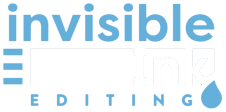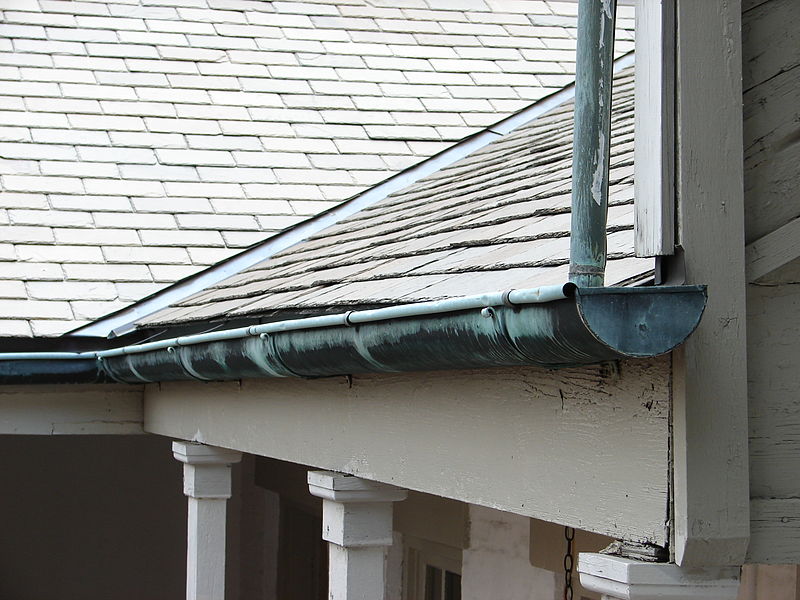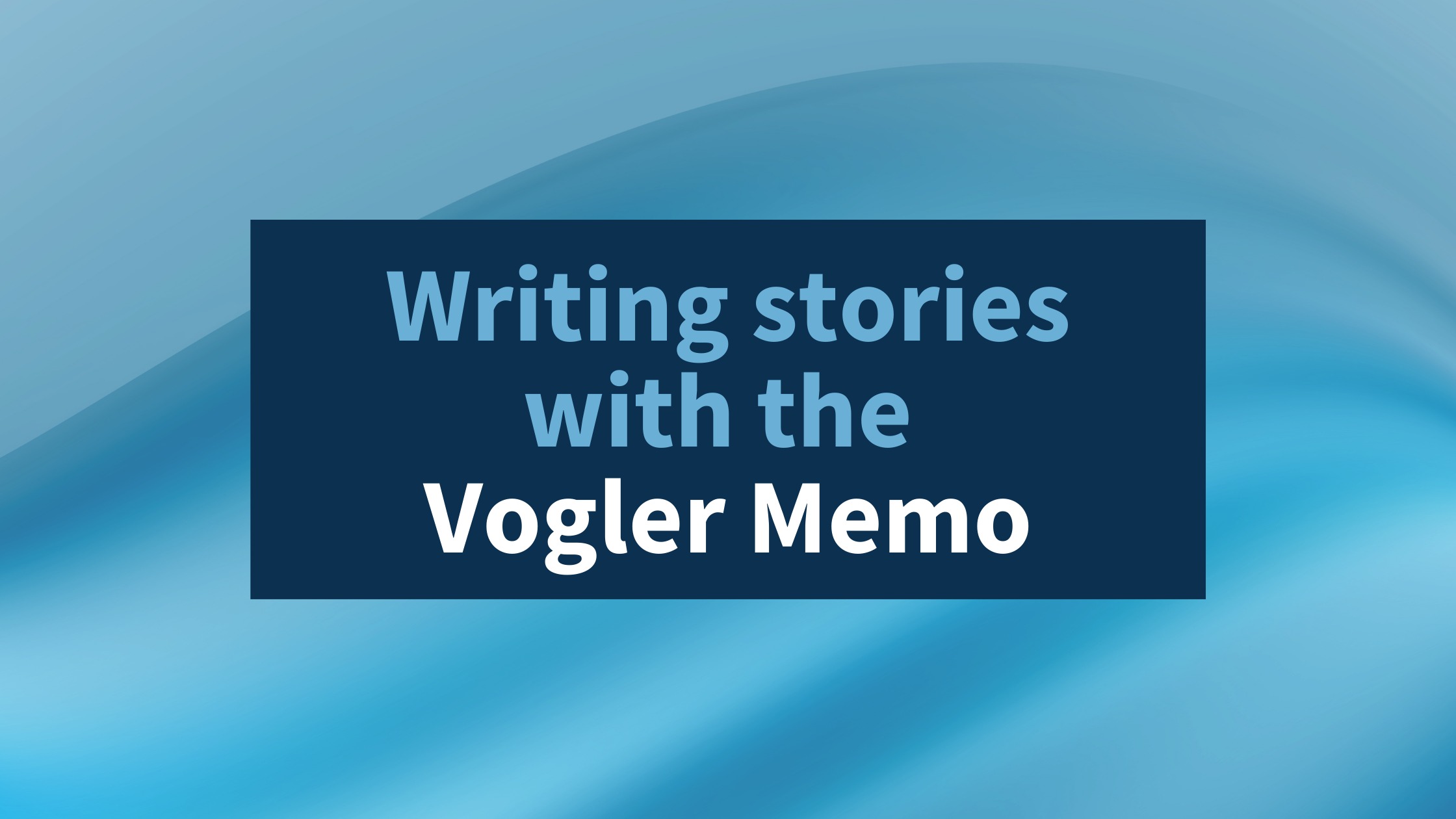It’s an ugly metaphor, but it’s one that makes sense to me as a professional editor. Think of your story as a gutter running along the side of a house. Making up that gutter is the meat of your story: plot, characterization, setting, style—everything. Your goal is to nab your reader and pull him or her through the gutter, not unlike the itsy bitsy spider. But your reader needs to make it smoothly from the opening of the gutter (your first page) to the spout at the end (your final page).
Unfortunately, as anyone who’s spent time on a roof will tell you, gutters get clogged. Big clumps of muck block the passageway, making it impossible for water—your readers—to pass through unhindered.
When you sit down for a proofreading or editing session, you want to clear out all of the gunk until your gutters are clean enough to eat out of. Then you can focus on enhancing the most valuable parts of the story. It can be difficult, however, to see all that gunk when you’re so immersed in the narrative, and that’s why a second set of eyes is a crucial step in the editing process.
My fellow book editors and I spend much of our time identifying and eliminating the muck from manuscripts, particularly when we provide a literary edit. However, indie authors also need to be on the lookout for the gunk when reviewing their own pieces. So don’t be afraid to get on those rubber gloves and start cleaning those gutters, baby.






